Finally got my hands on the new Sony RX1R II yesterday, after a couple of years (anxiously) waiting for an iteration on the original RX1. The following is a quick first look while I gather more thoughts and spend more time with it for the full review.
The biggest pain points that I had with the original RX1, which you can read on my review here, were the AF hunting and the fact that mirrorless cameras are not as responsive as the DSLR we all are used to and love. In the meanwhile, I also started missing a good viewfinder, which I was so happy about when Sony announced the new one.
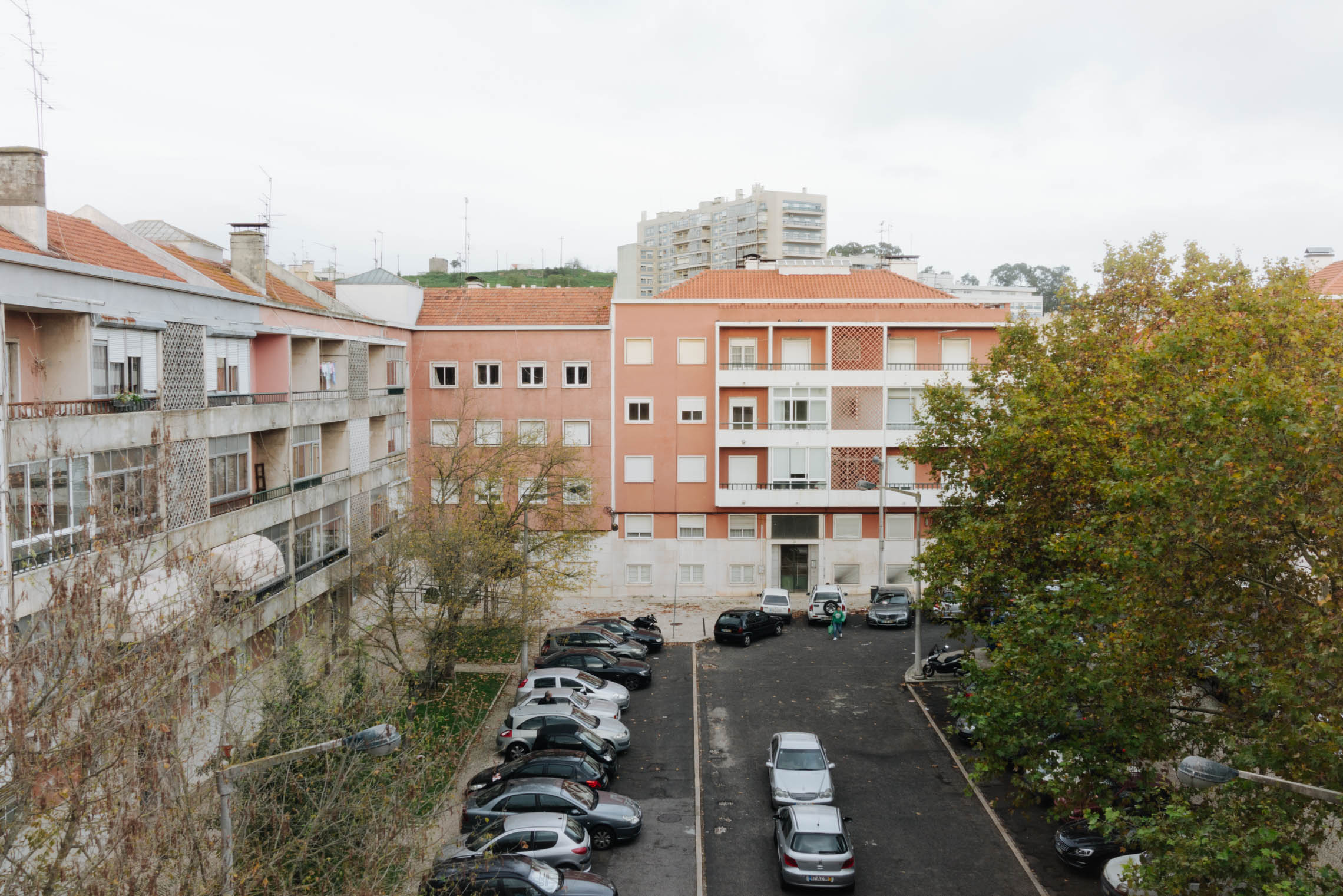
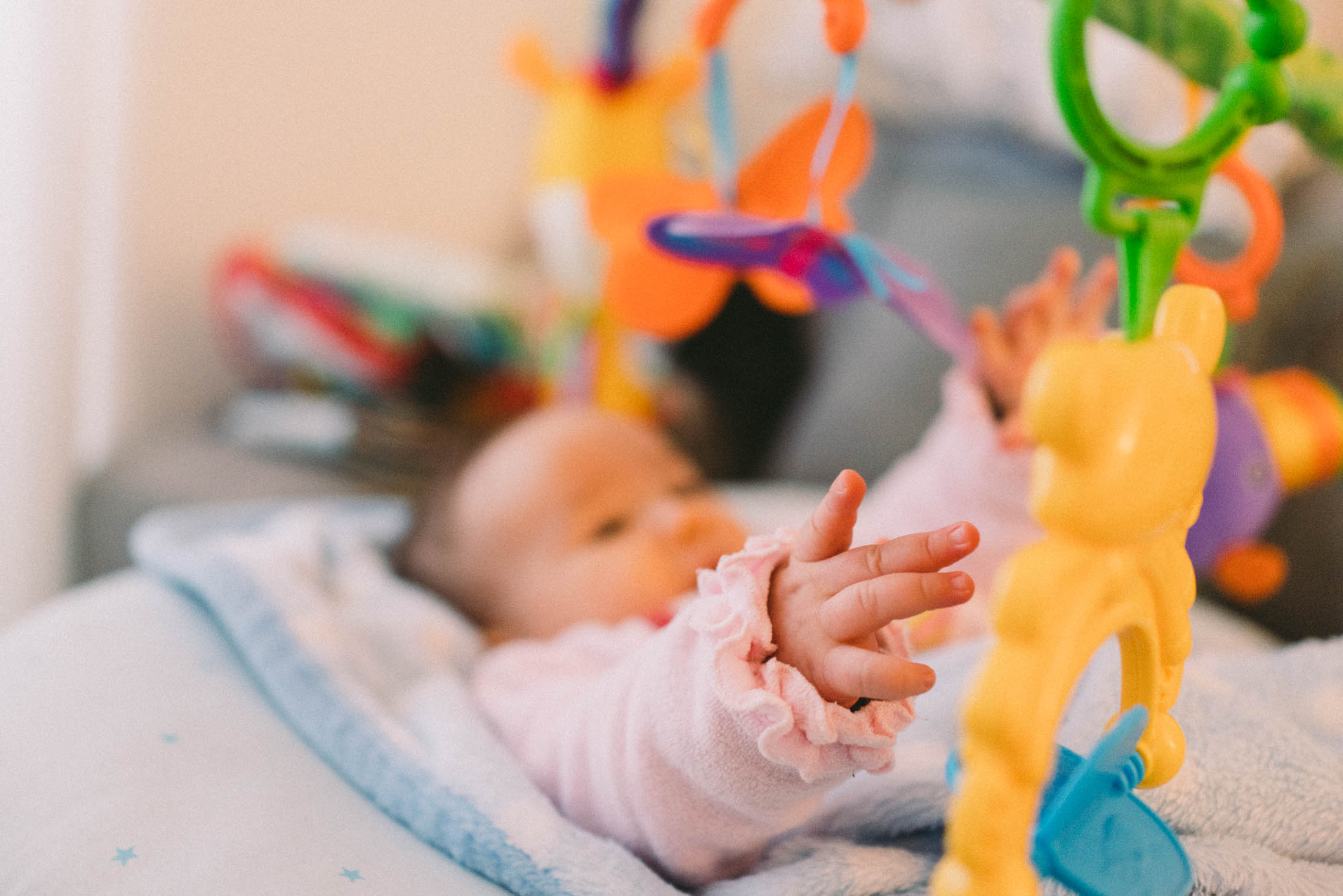
The body on the new RX1R II looks very similar to the original one — same compact form-factor, and same ergonomics —, but it is in fact a completely new body modeled after the RX1. As for the changes, Sony included a really nice swivel screen, which makes the camera a tiny bit thicker, the dial in the back has an extra indent around it, the thumb grip is slightly shorted, and it weighs a little bit more (about 50 grams, from what I could gather). The design is the exact same one though, with its beautiful industrial look.

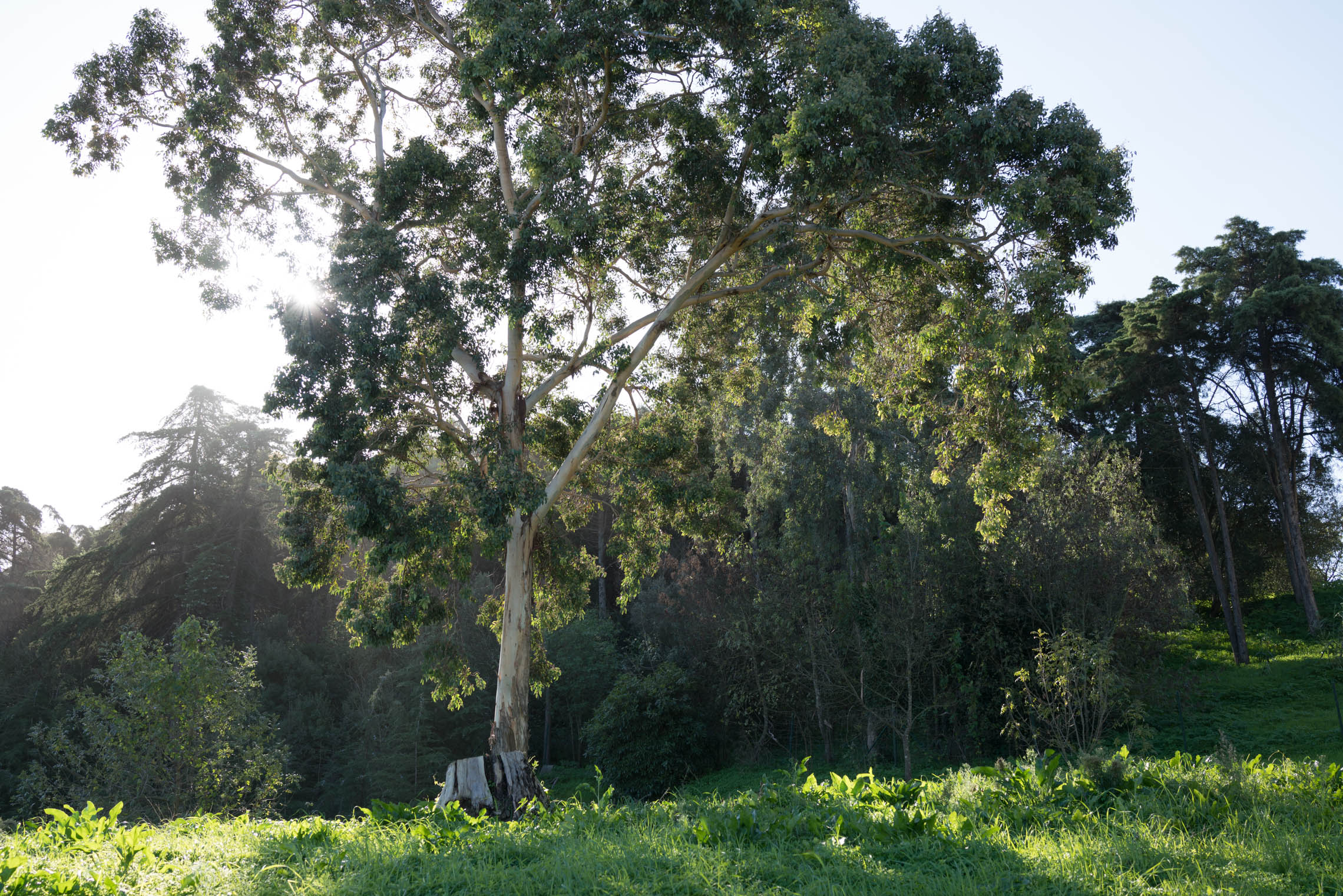
As you might know, Sony decided to keep the same Zeiss 35mm f/2.0 lens, which I absolutely adore, but is now paired with a 42.4 MP sensor (!!!). This pairing could be problematic since the lens was initially optimized for the original 24.3 MP sensor and could not have enough resolution power for the new huge sensor. A studio test from DPReview last week started a lot of controversy on this because they were largely misinterpreted, but the last thing I would criticise on this camera it’s the lens — it’s tack sharp!
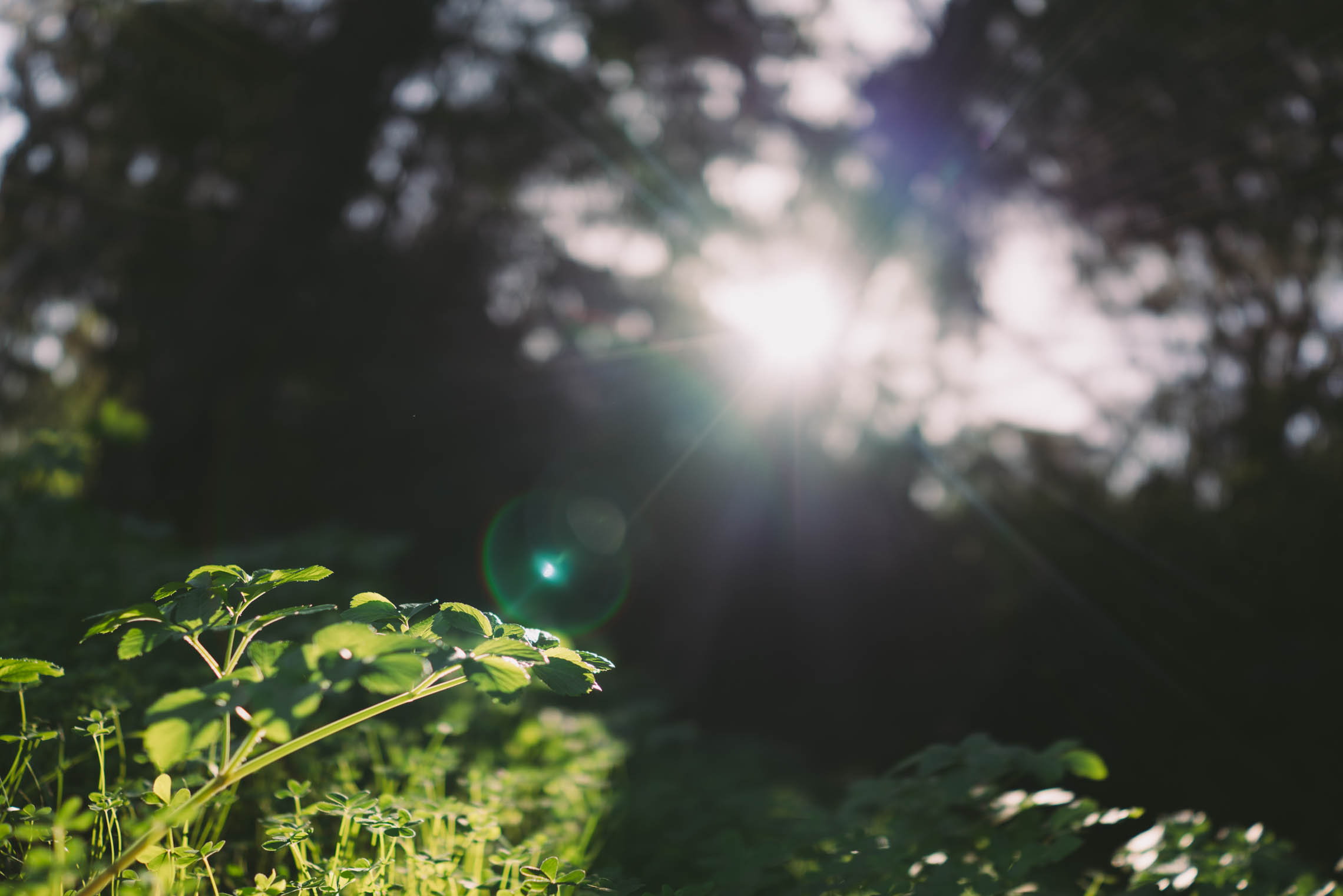

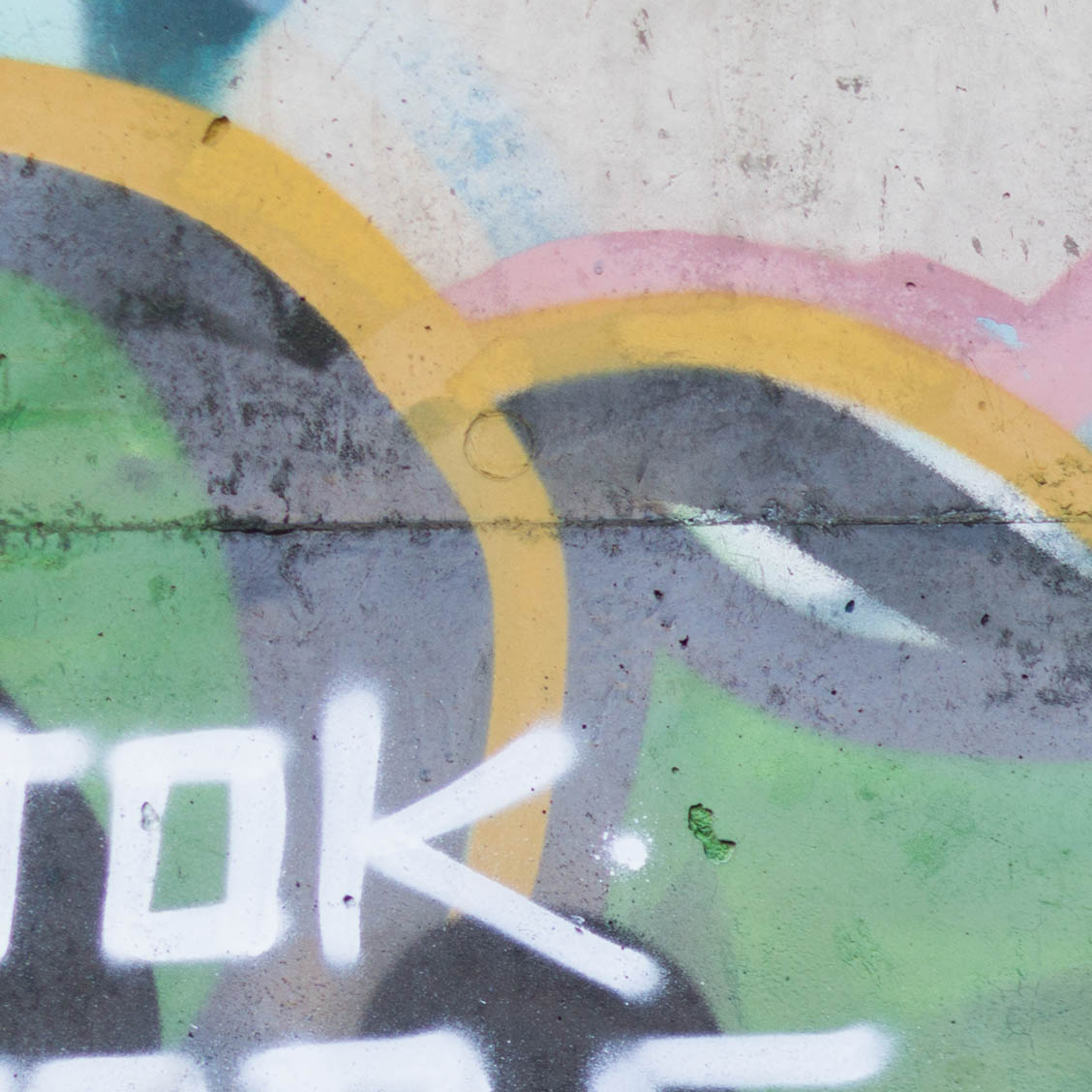

With a new sensor comes new functionalities, and this one brings 399 AF phase-detection points which completely changes how this camera behaves. In the few hours I had with the camera, simply put, I no longer see any hunting (which bothered me a lot in the original), I have a much higher rate of in-focus pictures because the AF is just faster (by a 30% increase, as reported by Sony), and I can focus without a problem in very, very low light situations. The AF feels solid, decisive, confident, and fast!
The sensor that the new RX1R II uses was borrowed from the a7R II, which also means it has super capabilities in the high-sensitivity ISO department. If on the original RX1 I was comfortable using auto ISO up to 6400, with the new backlit high-sensitive sensor and huge images (up to 7952 × 5304!) combo I expect to be getting very usable images up to 12800. And again, even at night, being able to focus without a problem. Not to mention a crazy wide dynamic range.

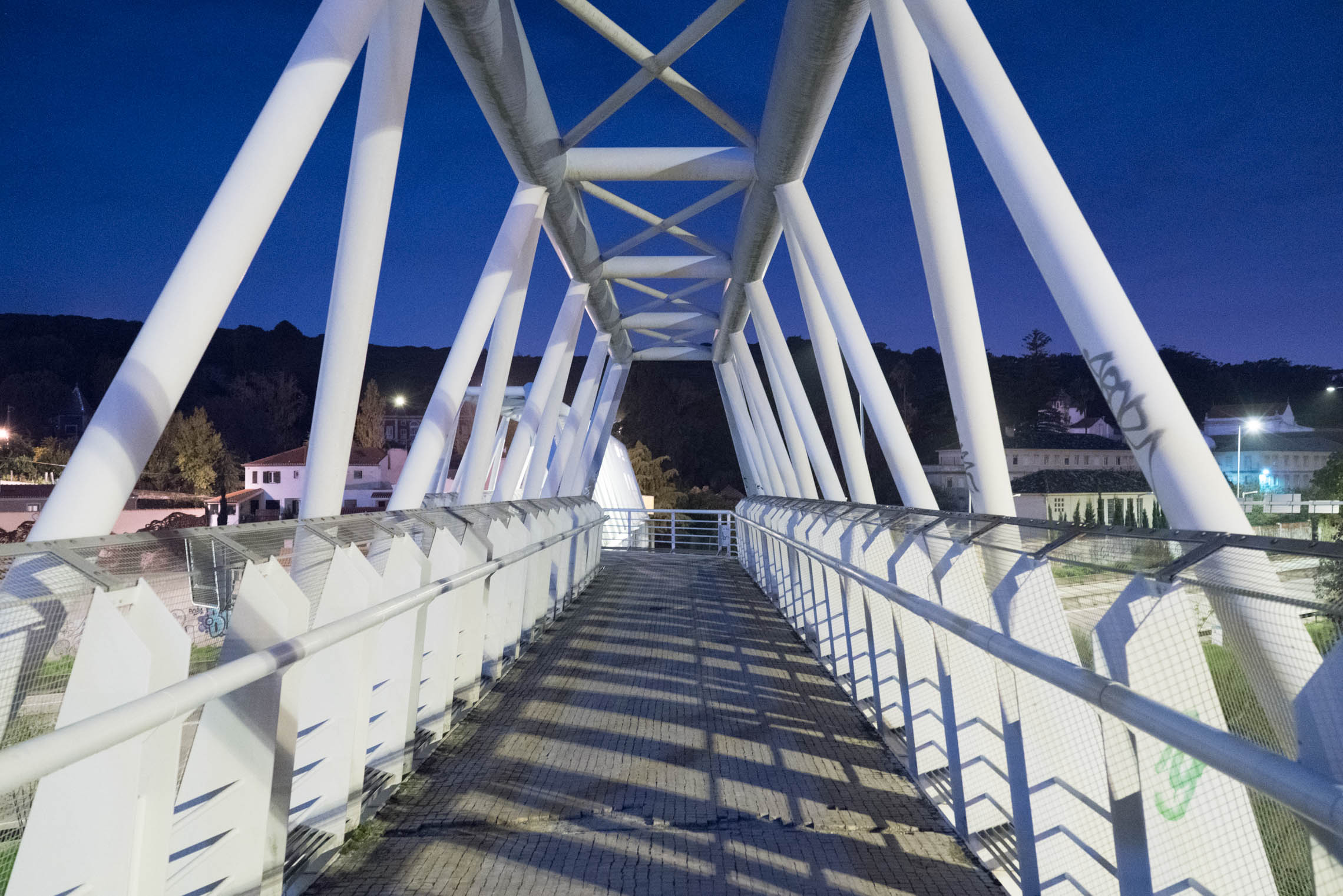


The new viewfinder really is a delight to use. It’s bright, fast, and big. This changes how you use the camera and the joy you get out of it.
My original RX1 is a fully Japanese camera with Japanese-only menus, so I never used them that much. Got the camera, set it up to my liking, and occasionally had to jump in, but never really fiddled with it much. Funny side story: when I bought the RX1 had to download the Japanese and English user manuals and compare both to see what options to change — that certainly made it a very special camera. But the point is that having to set up the new camera, that in itself added a bunch of other functionalities, I had to go through the menus and made me realize how terrible and unorganized they are.
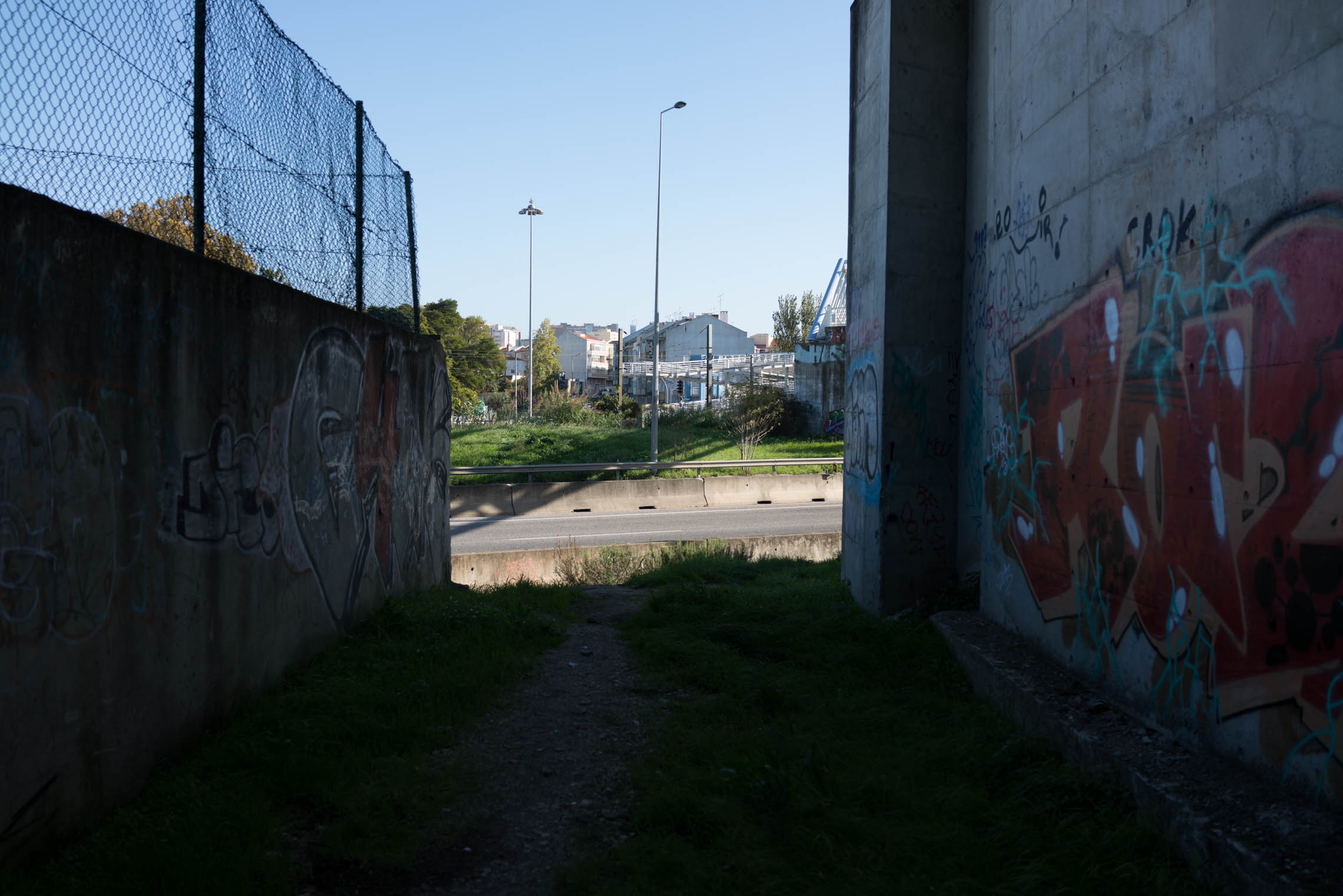
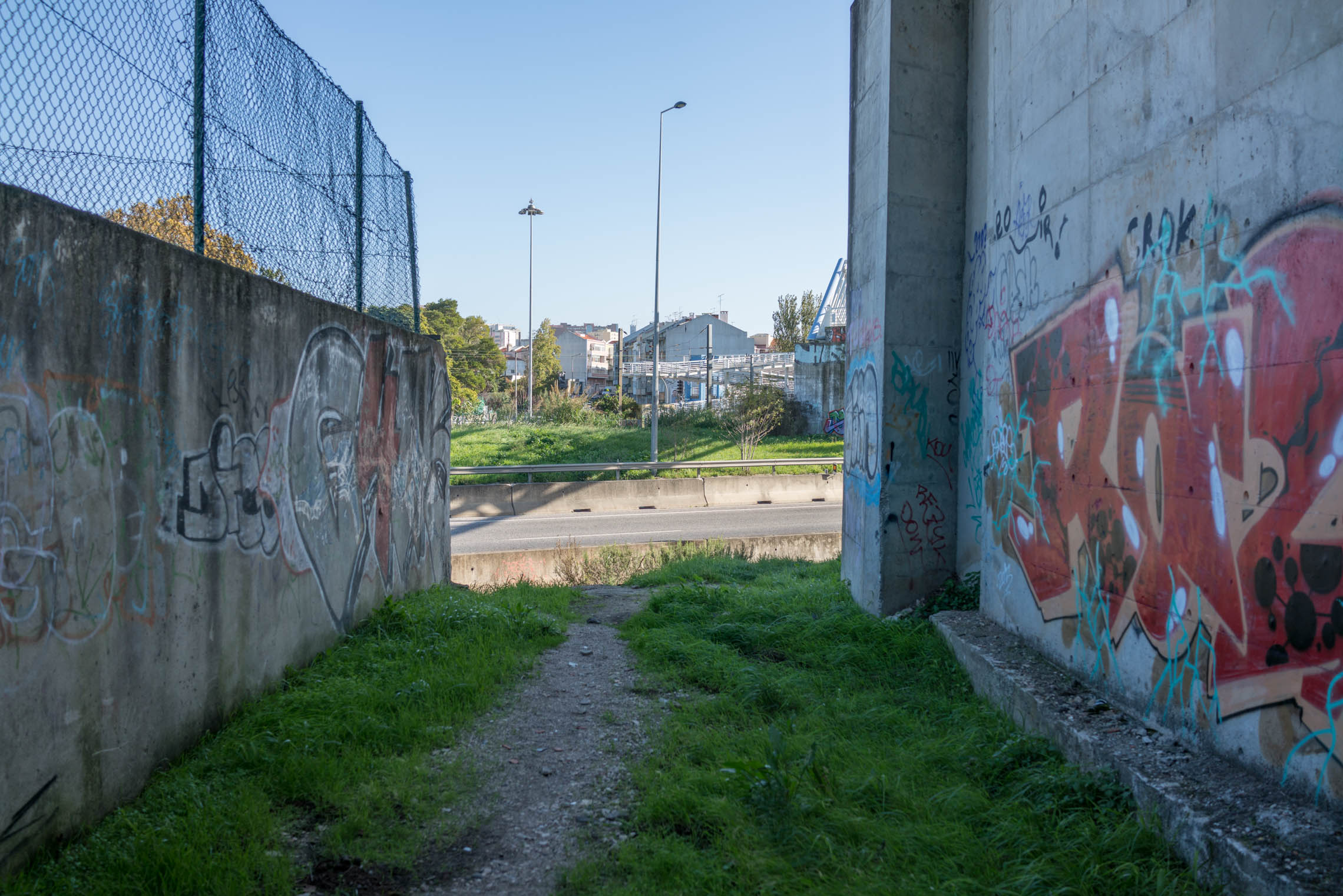
In sum, it’s clear that Sony is listening to its customers (and kicking Canon’s and Nikon’s butts while at it) and released what some thought would be impossible. The RX1 was a risk on Sony’s part, but I’m glad they recognized its potential enough to develop and release a second iteration that is already as mythical as the first one was.

Drop a word